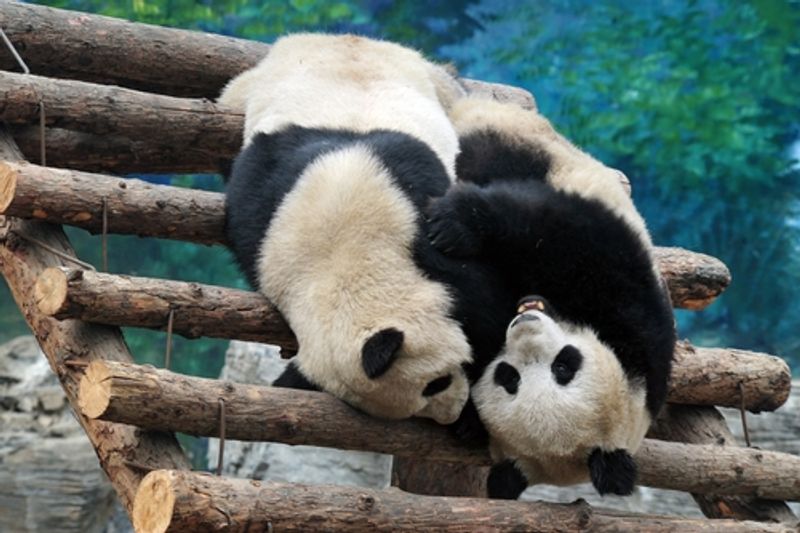
A trip to Beijing calls to mind several places of historical significance—Tiananmen Square, the Temple of Heaven, Summer Palace. The urban, modern city is once still steeped in the rich tradition of its people, with influence remaining from the imperial state, Communist rule, and the new capitalist elite.
Just so you don’t miss a thing—here are the top 10 must-see attractions for visitors to Beijing…
Advertisement
1. The Forbidden City
Constructed in the early 15th century and highly elitist of the commoners, Beijing’s Forbidden City now welcomes travelers of all socio-economic groups. Today the Emperor’s palace stands virtually intact for you to explore—the gem in the middle of the city—stands as a reminder of the Ming and Qing Dynasties when it acted as the Chinese imperial palace.

2. Summer Palace
Once an opulent haven for China’s most influential Emperors, a quick 15-kilometer drive will whisk you away from the hustle and bustle of the city to the (new) Summer Palace, Yiheyuan, which was rebuilt in all its glory in the 1880’s after the previous Summer Palace was raided and destroyed by the British and French during the opium wars.

3. The Lama Temple
Vibrant in history and religion, the Lama Temple acted as a cloister for imperial court eunuchs. Today the temple sits amid a collection of golden-crowned buildings that are open to the historical explorer.

4. Tiananmen Square
Tiananmen Square, located in the heart of Beijing is one of the largest and most visited landmarks in China. Constructed in 1949 by Chairman Mao, the sweeping Tiananmen Square is circled by the Gate of Heaven Peace to the north, the Great Hall of the People to the west, the National Museum of China to the east, and Chairman Mao’s Mausoleum to the south. Plan to arrive 30-minutes before sunrise or pre-dusk to catch the choreographed raising or lowering flag ceremony, completed every day by young Chinese troops.

Advertisement
5. Houhai
Beijing’s Back Lake is celebrated by residents as a recreational area for skating in winter and swimming in summer dip (however it is frowned on by Chinese police). Lined with touristy bars and often crowded when the weather is fine, it’s well worth a trip to enjoy the boisterous tourist strip.

6. The Beijing Zoo
For over 100 years, the city zoo hosts 600 different species of animals—including a pair of two-year-old panda cubs, a panda enclosure, and more! Arrive early and get a jump on the day. The park opens each day at 7.30am and closes at 6pm.

7. Prince Gong’s Mansion
Built in 1777 and reputedly celebrate in China’s most prized literary work, A Dream of Red Mansions, this siheyuan-style construction and gardens mansion was once occupied by Emperor Qianlong, but was confiscated by Prince Gong (also known as Prince Kung). Today it sits as an ornate museum located just north of the Shichahai Lake.

8. Nanluoguxiang
If you want to shop until you drop, no other are but the trendy Nanluoguxiang in the Gulou, or Drum and Bell Tower, district, will do. Enjoy the chic brand shops that stretch over several kilometers, as well as good mix of galleries and hip cafés.

9. Temple of Heaven
Built in 1420 during the Ming Dynasty, and more recently enjoying a several-million-dollar facelift in preparation for the Beijing Summer Olympics, the Temple of Heaven is best viewed at dawn when local residents gather to practice tai chi or calligraphy in the stylish courtyard.

Advertisement
10. Panjiayuan Flea Market
A Saturday or Sunday 15-minute trip to Panjiayuan, the giant flea market outside Beijing, is worth rising early on. In this vast empty field lined with stalls you’ll find virtually everything you desire—from Tang dynasty knock-off brick-o-brack to fresh produce to antiques. The Panjiayuan was once referred to as the “dirt market” due to peasants pulling heavy carts full of wares.

Advertisement